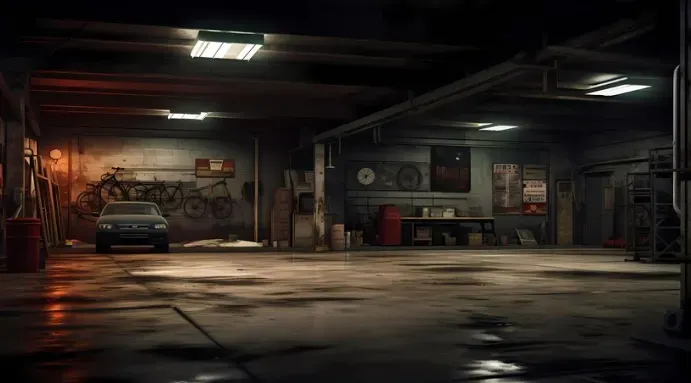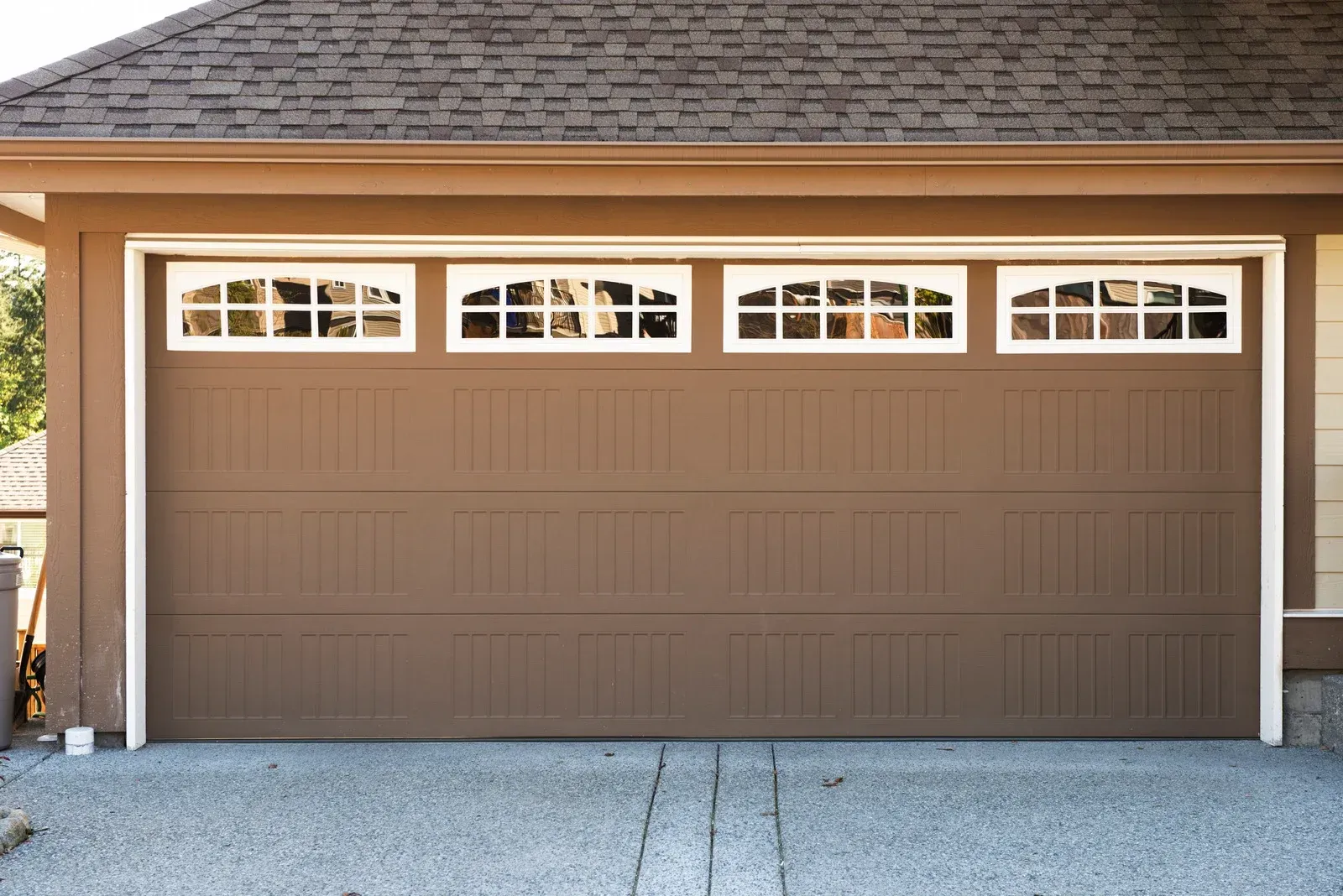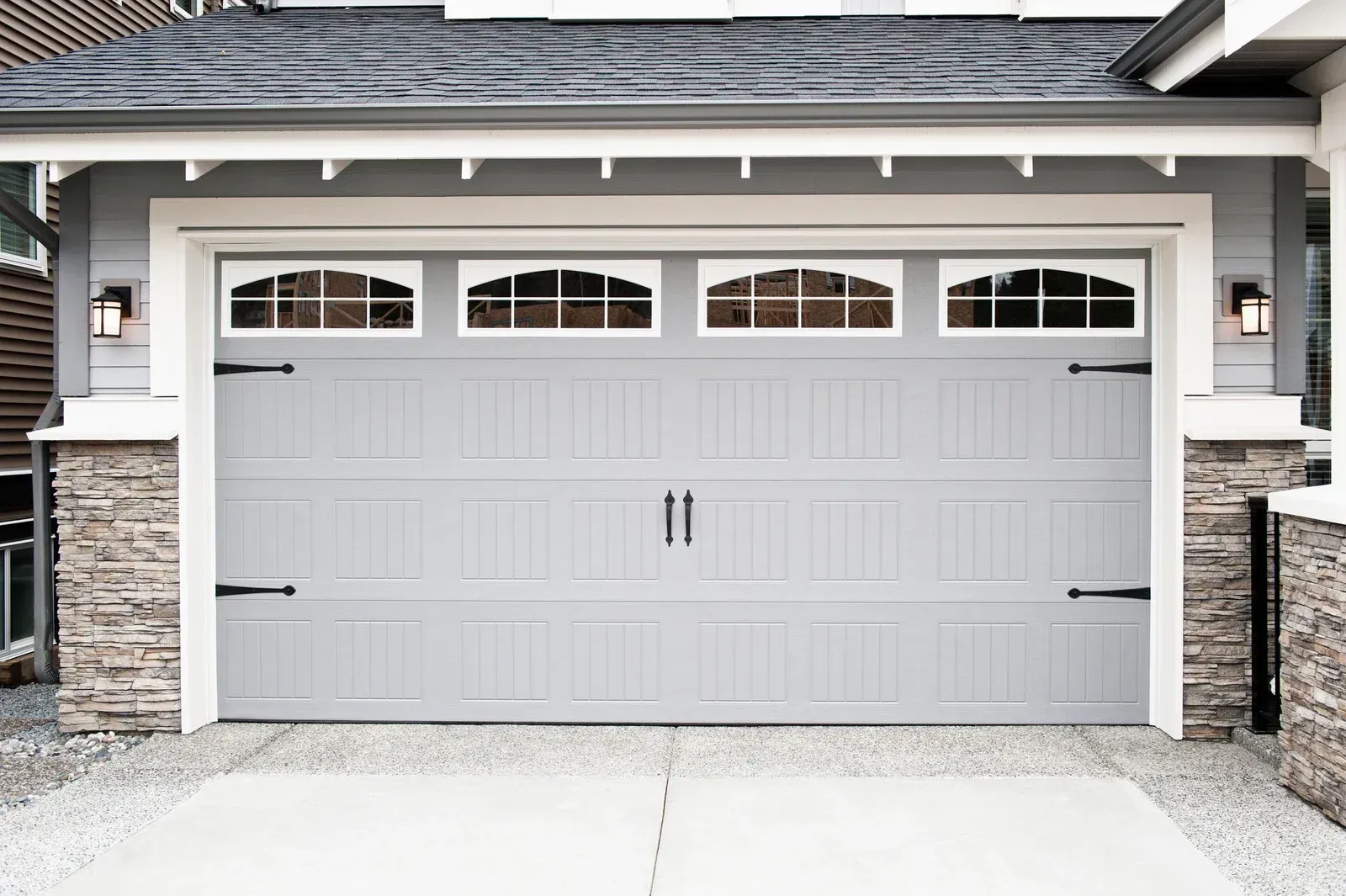
10 Tips to Keep Your Garage Cool
How to make a garage cooler? It’s a common query of every garage user during summers or from hot areas. There are many answers on how to cool a garage in summers. Here, we have curated a list of 10 most commonly used and most successful ways of how to keep garage cool. Let’s get started.
A hot garage makes everyday tasks unbearable, damage stored items, and even reduce your home’s energy efficiency. Using the right strategies to cool down the garage can easily transform your garage into a more functional and comfortable space. Even during the hottest months. Here’s how to keep your garage cool with effective, practical, and actionable tips.
10 Tip on How to Keep Your Garage Cool
1. Limit Heat Entry by Adjusting Usage
Opening the garage during peak heat hours invites hot air. Use your garage early in the morning or late evening when outdoor temperatures are lower. For additional heat control, minimize door movements by consolidating tasks to reduce hot air infiltration.
2. Avoid Heat Build-Up from Vehicles
Vehicles can raise garage temperatures significantly after use. Park outside in a shaded area or driveway until your car cools off. Once the heat dissipates, bring it inside to maintain security while keeping your garage cooler.
3. Improve Ventilation Systems
Proper ventilation ensures hot air is expelled and replaced with cooler air. Implement these solutions:
- Exhaust Fans: Install on walls or ceilings to draw out trapped heat.
- Roof Vents: Release rising hot air effectively.
- Cross-Ventilation: Use intake and exhaust fans for continuous airflow.
Ensure vents are unobstructed and positioned to optimize airflow patterns.
4. Install High-Performance Insulation
Insulation reduces heat transfer, keeping your garage cooler in summer and warmer in winter. Focus on:
- Garage Walls: Use foam panels or batt insulation for durability and efficiency.
- Garage Door: Upgrade to an insulated model with an R-value of 13 or higher for optimal thermal resistance.
- Ceiling and Attic Space: Insulate overhead areas to prevent heat from seeping down.
Combine insulation with ventilation for the best results.
5. Organize & Declutter for Better Air Movement
A clutter-free garage improves airflow and reduces heat retention. Here’s how:
- Store items vertically using shelving units.
- Clear bulky items blocking windows or vents.
- Regularly clean and reorganise to maintain free airflow and optimise cooling systems.
6. Use Fans Strategically for Air Circulation
Fans are an affordable way to create air movement in your garage.
- Floor Fans: Place one facing outwards at an open door to push out hot air.
- Ceiling Fans: Ideal for garages with high ceilings to circulate cooler air evenly.
- Window Fans: Pull cooler air inside or push hot air out.
Combine multiple fans for maximum efficiency, ensuring they’re positioned for directional airflow.
7. Control Humidity with a Dehumidifier
High humidity amplifies heat and causes discomfort. A dehumidifier removes excess moisture, creating a cooler and drier environment. For best results:
- Use a dehumidifier with a large capacity for bigger garages.
- Pair it with exhaust fans to remove moist air faster.
- Maintain the unit by cleaning filters regularly to ensure efficiency.
8. Choose Heat-Reflective Colors & Materials
Heat absorption can significantly raise garage temperatures. Apply these upgrades:
- Garage Door: Opt for materials and finishes with a high Light Reflective Value (LRV).
- Walls and Roofs: Light-coloured paint or reflective coatings reduce heat absorption.
- Floor Coatings: Use epoxy coatings to minimise heat radiation.
These changes complement insulation and cooling systems for maximum impact.
9. Upgrade to an Efficient Cooling System
For consistent cooling, invest in specialised systems tailored to your needs:
- Portable AC Units: Affordable and flexible options for spot cooling.
- Ductless Mini-Split Systems: Long-term solutions with precise temperature control.
- Swamp Coolers: Effective in dry climates for cooling through evaporative processes.
Pair cooling systems with proper insulation to maximise energy efficiency.
10. Incorporate Heat-Blocking Accessories
Small upgrades can make a noticeable difference:
- Weatherstripping: Seal gaps around doors and windows to prevent heat infiltration.
- Thermal Curtains: Use on windows to block sunlight and trap cooler air inside.
- Garage Door Seals: Prevent warm air and debris from entering through the bottom edge.
Inspect these components regularly for wear and tear, replacing them when needed.
Bonus Tips on How to Cool the Garage in Summers
Regular Maintenance to Optimize Cooling
Keep cooling systems and accessories in top condition:
- Check ventilation and fans for dust build-up.
- Inspect insulation for damage or gaps.
- Replace worn-out weatherstripping promptly.
- Regular maintenance extends the lifespan of your upgrades and ensures consistent cooling.
Prevent Heat Build-Up Around the Garage
Take steps to reduce external heat sources:
- Add an awning or pergola over the garage door to block direct sunlight.
- Plant trees or install shrubs to create natural shade around the garage.
- Use reflective roofing materials to minimise heat transfer from above.
- These preventative measures reduce the heat your cooling systems need to handle.
When to Seek Professional Help
For significant upgrades or persistent heat issues, consult experts:
- HVAC Technicians: Install or optimise air conditioning units.
- Insulation Specialists: Add or repair insulation for maximum effectiveness.
- Garage Door Professionals: Upgrade to insulated, reflective garage doors.
Professionals ensure quality installations and long-term performance.
FAQs on How to Keep Garage cool
Q1. How can I keep my garage cool without expensive equipment?
Use cost-effective methods like adding weatherstripping, installing roof vents, decluttering, and using fans strategically to improve airflow.
Q2. How do insulated garage doors help with cooling?
Insulated doors prevent heat from penetrating your garage, maintaining a stable and cooler temperature inside, especially during hot summer days.
Q3. What’s the best way to prevent garage humidity?
Install a dehumidifier, ensure proper ventilation, and seal gaps to reduce moisture build-up, which makes the space feel hotter.
Q4. Can I install ventilation systems myself?
DIY options like window fans or portable exhaust fans are manageable. For roof vents or more complex systems, professional installation is recommended for efficiency.
Conclusion
A cool garage isn’t just about comfort—it protects your belongings, improves usability, and enhances energy efficiency. Implementing these tips, from insulation to ventilation and regular maintenance, ensures your garage remains functional and comfortable throughout the year. By combining cost-effective methods on how to keep your garage cool with strategic upgrades, you and your parked vehicle will feel at ease, no matter how high the mercury rises.


